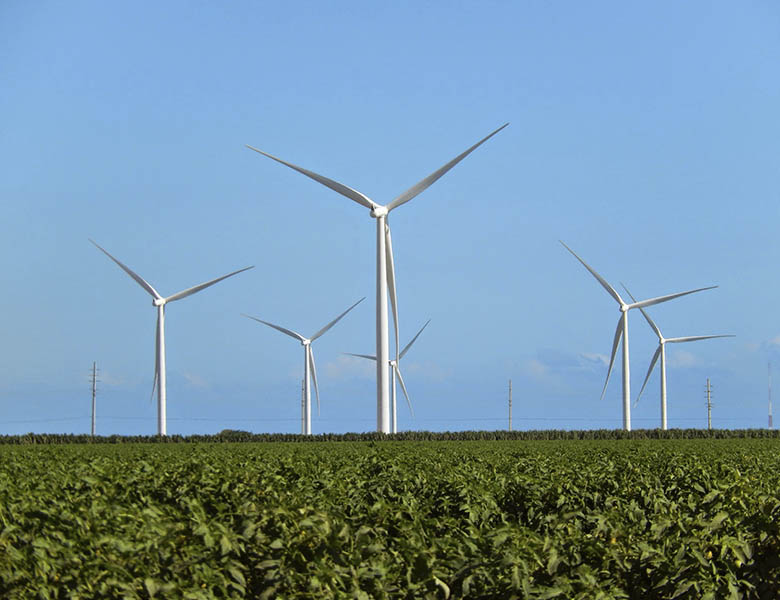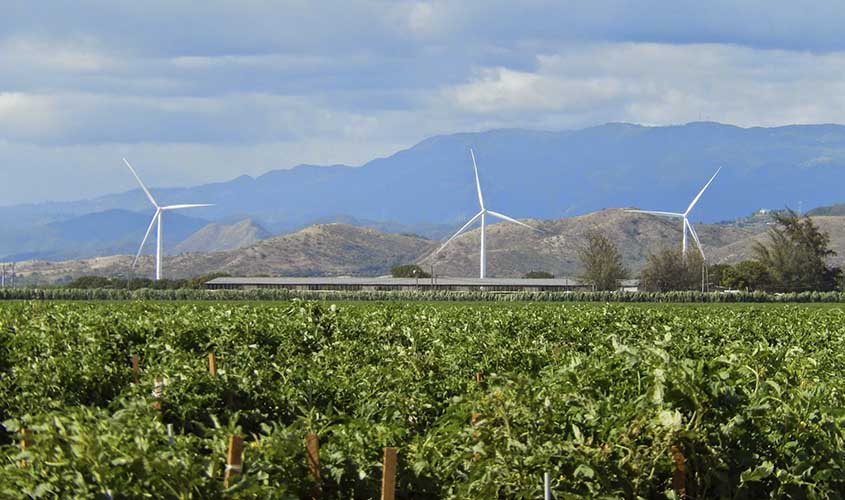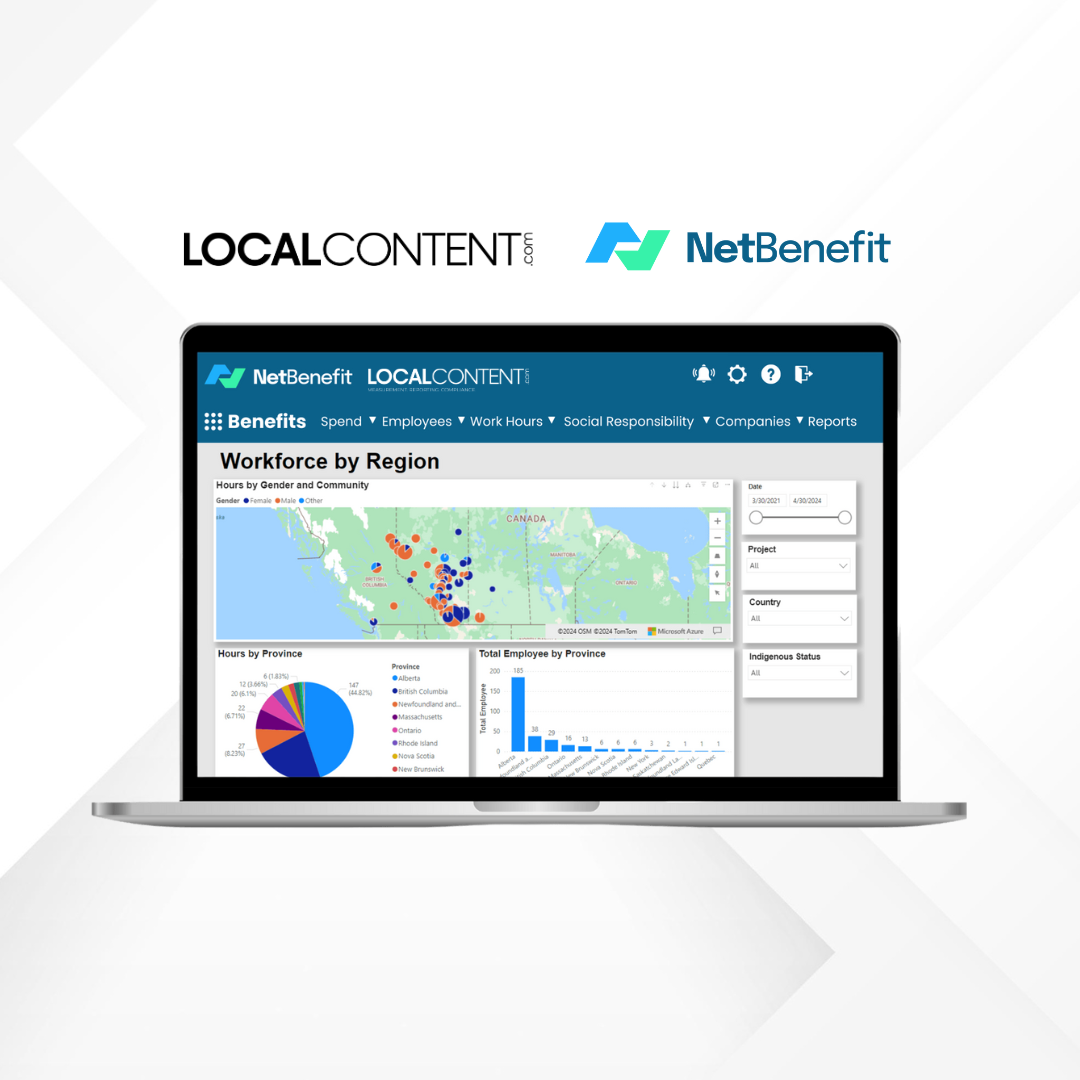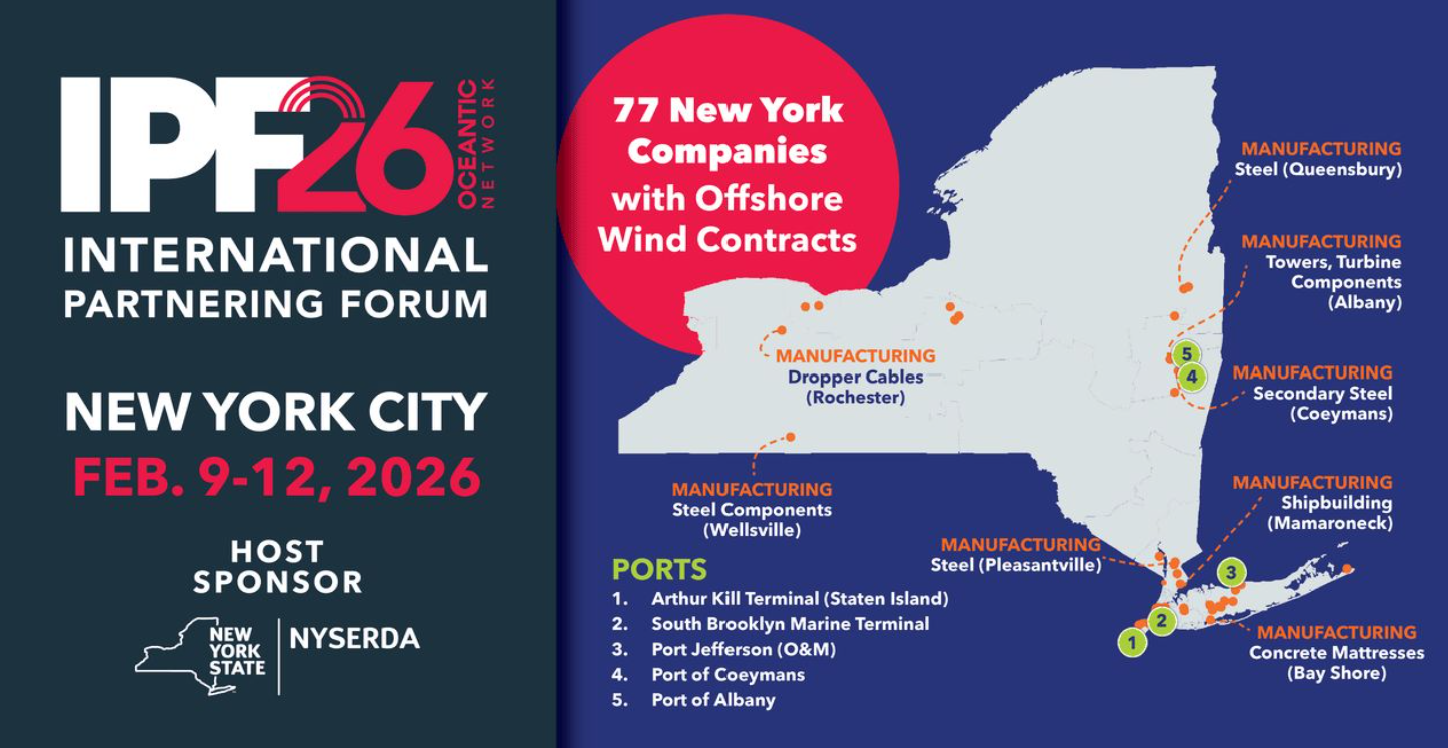Puerto Rico is no stranger to the power of wind. Its location at the eastern edge of the Greater Antilles, where the Caribbean Sea meets the North Atlantic Ocean, puts the territory in the path of intense North Atlantic tropical storms. In fact, the modern word hurricane comes from juracán, the name given to storms by the Taíno—the native people of Puerto Rico and other Caribbean islands.

An NREL report shows that wind energy projects like Puerto Rico’s Santa Isabel wind farm, pictured above, can support Puerto Rico in building a resilient, reliable, and affordable renewable energy system. Photo by Tony Martinez Tossas, NREL
Today, Puerto Rico is looking to turn the wind into a powerful renewable energy asset. The Puerto Rico Energy Public Policy Act (Act 17), passed in 2019, set a goal for the territory to transition away from imported fossil fuels and instead meet its electricity needs with 100% renewable energy by 2050, 60% by 2040, and 40% by 2025.
To support that goal, experts from the National Renewable Energy Laboratory (NREL) evaluated Puerto Rico’s wind energy costs and technical potential. They published their findings in a report titled “Wind Energy Costs in Puerto Rico Through 2035“—the first long-term, publicly available assessment of land-based and offshore wind energy costs in Puerto Rico. The reportshows that wind energy—both land-based and offshore—represents a viable, low-cost option for helping Puerto Rico achieve its clean energy and grid reliability goals.
Read on to learn about the report’s key findings.
1. Wind Energy Can Team With Solar To Meet Puerto Rico’s Energy Needs
Wind energy can take over for Puerto Rico’s abundant solar energy resources after the sun goes down—which is when electricity demand peaks. Working together with solar, wind energy can help Puerto Rico meet its energy demands and reach its renewable energy goals.
“Wind energy can complement solar with evening and nighttime electricity production—especially offshore wind energy,” said NREL researcher Nate Blair, who co-authored the report. “Wind energy can also reduce the need for batteries and other energy storage systems.”
2. Wind and Solar Can Accommodate Puerto Rico’s Limited Space
Geographically speaking, Puerto Rico is small: The territory consists of the roughly 3,500 square-mile main island, along with 143 small islands, islets, and cays, most of which are uninhabited. This means residences, businesses, farms, wild spaces, and power facilities must compete for limited land.
Through the U.S. Department of Energy’s (DOE’s) Puerto Rico Grid Resilience and Transitions to 100% Renewable Energy Study (PR100), a team of national laboratory researchers will use data from “Wind Energy Costs in Puerto Rico Through 2035,” along with data the team will collect from stakeholders, to incorporate land-use concerns into PR100’s modeling. While competing land uses could be an obstacle to meeting Puerto Rico’s ambitious renewable energy goals, having a mix of renewable energy technologies—like wind energy and solar—can help overcome this challenge.
“The limited amount of space in Puerto Rico poses challenges for how to use land and marine areas,” said NREL researcher Patrick Duffy, who led the study. “However, multiple renewable energy sources give Puerto Ricans options for meeting their clean energy goals while balancing their onshore and offshore priorities.”
3. Puerto Rico’s Wind Turbines Must Weather the Storm—Literally
Because of its hurricane-prone location, Puerto Rico needs wind turbines that can withstand extreme wind and rain. Typhoon-class wind turbines, which are already available through most leading wind turbine manufacturers, could help enable wind energy development in Puerto Rico and other hurricane-prone regions.
“Typhoon-class wind turbines have components that can stand up to higher wind speeds,” Duffy said. “This means, for example, reinforced components like towers, foundations, and blades, as well as backup power systems to maintain control of the turbine if there is a grid outage.”
Stronger wind turbines are more expensive, but NREL found that increasing the strength of a fixed-bottom offshore wind turbine to typhoon class represents a less than 1% cost difference in most turbine components. Reinforcements to the tower and foundation are the primary drivers of higher costs, representing approximately a 5%–10% increase in tower and foundation costs for fixed-bottom offshore wind.
“While these costs are manageable, more work needs to be done to better understand hurricane risks and optimize turbine designs for these extreme weather conditions,” Duffy said. “This need poses a significant opportunity for researchers and technology developers.”

Wind energy, along with other forms of clean energy, can help balance Puerto Rico’s competing land-use priorities. Photo by Tony Martinez Tossas, NREL
4. Puerto Rico’s Wind Energy Costs Are Expected To Decrease
Like many island regions, Puerto Rico has historically depended on imported fossil fuels for power, leaving the territory vulnerable to price fluctuations that impact the cost of electricity. However, the NREL team found that wind energy costs in Puerto Rico are expected to decrease in the coming years, which could help Puerto Rico cut its energy costs.
NREL estimates that by 2035 unsubsidized costs for land-based wind energy in Puerto Rico could be as low as $43 per megawatt-hour, or 4.3 cents per kilowatt-hour. For offshore wind energy, these costs could be as low as $74 per megawatt-hour, or 7.4 cents per kilowatt-hour. These cost projections do not include transmission system upgrade costs, but they are significantly lower than current electricity prices, which are almost 30 cents per kilowatt-hour.
In addition, the NREL team anticipates these projections will be competitive with other utility-scale renewable technologies in 2035 and after. The projections did not include cost impacts from tax incentives like those included in the Inflation Reduction Act, but such incentives are also likely to lower wind energy costs. The PR100 Study will build on this analysis by continuing to explore the role wind energy can play in helping Puerto Rico reach its renewable electricity goals.
5. NREL’s Data Can Benefit Regions Beyond Puerto Rico
While NREL’s findings spell good news for Puerto Rico’s renewable energy goals, other regions with similar weather conditions, energy challenges, and land-use concerns can also benefit from the work.
“Typhoon-class wind turbines are just as necessary and applicable in, for example, the Gulf of Mexico as they are in Puerto Rico,” Blair said. “Knowing that these more robust turbines represent a small cost increase—and that they can support a resilient power grid—may encourage other communities in hurricane-prone areas to invest in wind energy.”
The Gulf of Mexico could see an even shorter timeline for offshore wind energy development. In October 2022, the U.S. Department of the Interior’s Bureau of Ocean Energy Management finalized two wind energy areas in the Gulf of Mexico—one of the first steps in opening those areas to wind energy development. In addition, the recently passed Inflation Reduction Act authorizes the U.S. secretary of the interior to issue renewable energy leases, easements, and rights-of-way in the gulf. Those decisions, combined with data from this study and from a forthcoming cost and technology analysis NREL is conducting on behalf of the Bureau of Ocean Energy Management, can help advance offshore wind energy as a contributor to energy supply in the Gulf of Mexico.
Funded by the Federal Emergency Management Agencyand DOE’s Wind Energy Technologies Office, “Wind Energy Costs in Puerto Rico Through 2035” is part of a larger study of Puerto Rico’s wind energy costs and technical potential. An upcoming companion to this report will present an assessment of Puerto Rico’s wind resources.
For more information about the PR100 study, visit NREL’s Multilab Energy Planning Support for Puerto Ricoweb page and DOE’s Grid Deployment Office Puerto Rico Grid Resilience and Transitions to 100% Renewable Energy Study and Puerto Rico Energy Recovery and Resilience web pages.










